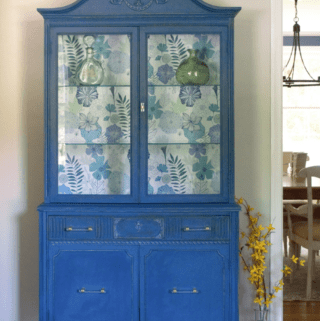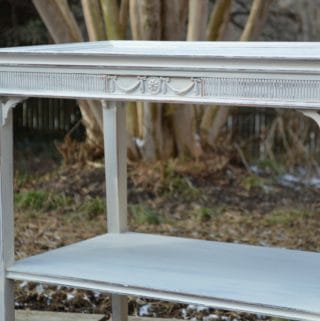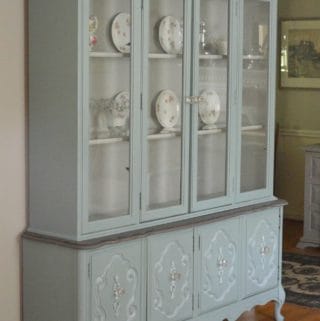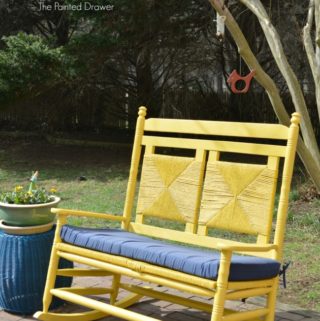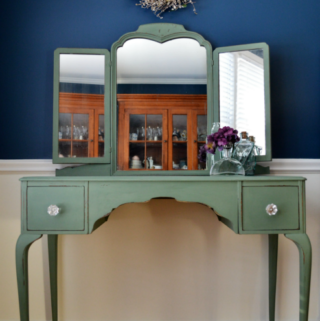3 Effective Ways To Extend Your Home’s Lifespan
Ideally, every well-built house’s lifespan ranges from 75 to 100 years. However, it is not always a given that the house will last that long especially when regular maintenance schedules are overlooked. The weather, quality of building materials, water damage, and a list of others can shorten the lifespan of your property. Anything can go wrong at any time. For this reason, it is essential to take proactive measures to ensure that your home stays in excellent condition for that long. These are some ideas worth considering.
- Avoid planting trees close to the home’s foundation
Tree roots move in search of water and nutrients and go as deep into the soil as possible to access these two. Therefore, if these plants are sited close to the main house, you may have long-term problems. That’s because the roots will attempt to find their way around or through your home’s foundation. When that happens, the likelihood of developing serious cracks at the base of your building is high.
- Stick to regular professional roof inspections
According to US building data, about 75 million single-family homes are in the country. Out of this number, over 5% replace or repair their roofing annually. Ideally, this shouldn’t be so, especially if the roofing material is quality. Unfortunately, reports indicate that people who continually have problems with their home’s roofing may be dealing with substandard material.
This doesn’t mean that conducting regular professional roof inspections means your roofing is inferior. On the contrary, it is a preemptive measure against detecting faults when it may be too late to salvage the situation. Contracting a roofing installation service is advisable and recommended to replace or repair your defective roof. Better yet, a roofing installation service may be the right choice if you’re building.
- Run water in unused drains
The science behind this is that unused drains often lose their water barriers, drawing sewer odor into the home through the opening. So how does this hold the potential to negatively impact the home? According to building experts, the absence of water in unused drains in the home can encourage grime buildup. When this happens over a long period, it can affect your home’s plumbing system.
At some point, you may notice the backtracking of water in regularly used bathrooms and sinks in the home. To avoid this from happening, drainage experts say, homeowners should remember to run water in unused bathrooms, sinks, and drains in and around the home. It is also recommended to flush unused toilets or WCs at least twice a week. Even for those fairly used, it makes sense to do the same to help extend your home’s lifespan.
Remember that the foundation is the seat of every building, and when it becomes defective, structural stability is compromised. The ideal distance between plants and structures is 15 to 20 feet. That provides a safe distance that contributes to your home’s lifespan. So, if you have a home garden, it would be best to consider these measurements.
Please note that some of the links above and below are affiliate links, and at no additional cost to you. All opinions are my own.


